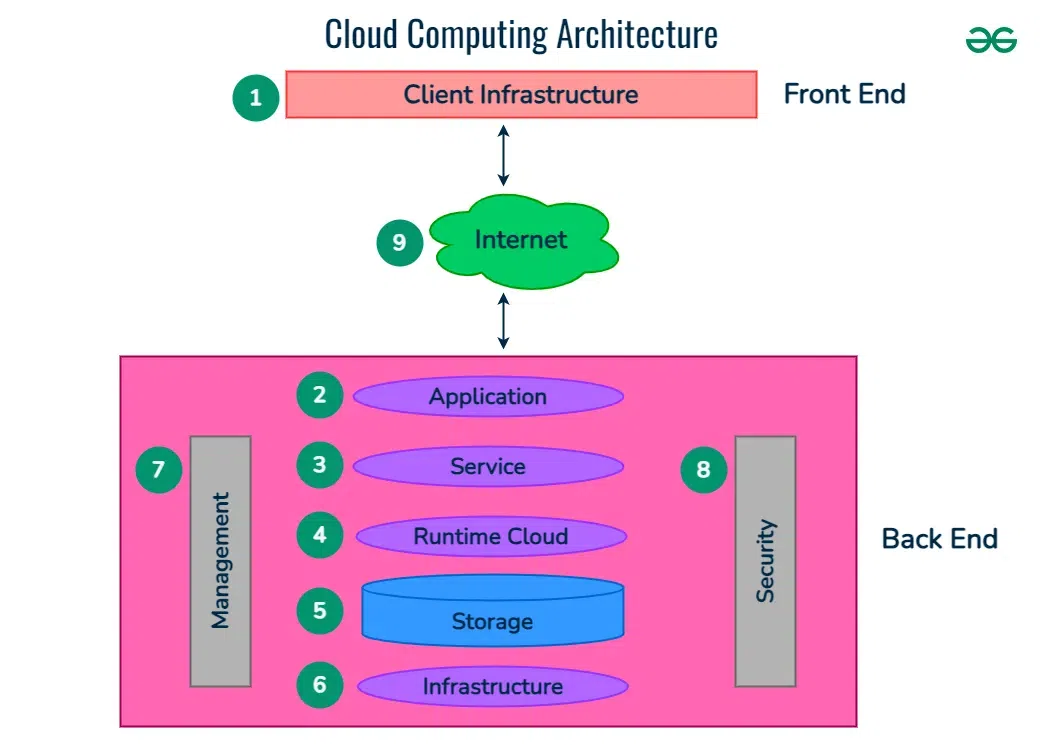Achieve Seamless Scalability With Cloud Solutions
In the ever-evolving landscape of cloud services, accomplishing smooth scalability stands as a keystone for modern-day companies seeking to stay competitive and versatile. The capacity to easily increase or get resources in response to altering demands is an essential advantage in today's busy electronic environment. By understanding the art of scalable cloud options, organizations can not just optimize efficiency and improve procedures however additionally lead the way for future development and innovation. The quest for smooth scalability with cloud solutions unveils a globe of possibilities for those going to accept the transformative power of vibrant resource administration.
Benefits of Cloud Scalability
Cloud scalability provides companies the adaptability to dynamically readjust sources based on need, ensuring optimal performance and price performance. Furthermore, cloud scalability promotes development and testing by enabling organizations to easily examine new ideas and range them as needed. Inevitably, the benefits of cloud scalability prolong past price savings to encompass enhanced efficiency, agility, and technology.
Secret Features for Scaling
Effective scaling in cloud solutions depends on crucial functions that allow organizations to adjust resources dynamically based on need. An additional crucial attribute is scalability, making it possible for systems to take care of enhanced work by including sources perfectly. In general, these essential features collectively encourage companies to accomplish seamless scalability in cloud services.
Implementing Auto-Scaling Strategies
To effectively optimize resource allotment and adapt to varying work, organizations must purposefully execute auto-scaling techniques in their cloud services facilities. Auto-scaling enables systems to instantly change the number of compute resources based upon real-time demand. There are numerous auto-scaling methods that organizations can utilize, such as predictive scaling, which uses historic information to anticipate future resource needs, and reactive scaling, which reacts to current work adjustments.

Best Practices for Scalability
For companies intending to improve their scalability in cloud services, executing finest practices is important for optimum efficiency and resource administration. One secret best practice is making applications with a microservices style. This strategy breaks down applications right into smaller sized, independent services that can be released, upgraded, and scaled individually, enabling for better adaptability and scalability.
An additional vital technique check my reference is using containerization innovation, such as Docker or Kubernetes. Containers enable the product packaging of applications and their dependencies right into separated units, making it simpler to scale components separately and deploy them continually across various environments.
In addition, applying automated release and facilities as code (IaC) can streamline scalability initiatives (linkdaddy cloud services). Automation devices like Terraform or Ansible assistance in provisioning and managing sources efficiently, reducing hand-operated errors and allowing fast scalability
Additionally, checking efficiency metrics, establishing alerts, and conducting routine capacity planning are essential techniques to make sure proactive scalability monitoring. By adhering to these ideal methods, organizations can attain seamless scalability in their cloud services while maximizing efficiency and source use.
Surveillance Performance Metrics
When analyzing the effectiveness of cloud solutions scalability, carefully keeping an eye on performance metrics is important for making sure optimal functionality and source allowance. By continually tracking vital performance indications (KPIs) such as response times, throughput, latency, and resource utilization, organizations can gain valuable understandings right into the wellness and effectiveness of their cloud framework. Keeping track of efficiency metrics permits the very early detection of potential bottlenecks or concerns that could affect scalability, allowing aggressive procedures to be taken to resolve them before they escalate.

Final Thought
In final thought, attaining seamless scalability with cloud services is vital for organizations to enhance performance, boost technology, go to these guys and maintain high efficiency degrees during peak times. By leveraging the find more advantages of cloud scalability, executing auto-scaling methods, using vital attributes such as elasticity and automation, and following ideal techniques like application style and efficiency surveillance, companies can successfully scale their systems while making the most of source application and performance.
The mission for seamless scalability with cloud solutions reveals a world of opportunities for those willing to welcome the transformative power of dynamic resource management.
Cloud scalability provides companies the flexibility to dynamically readjust resources based on need, ensuring ideal performance and cost performance. One more key attribute is scalability, making it possible for systems to manage boosted work by adding resources perfectly.For organizations aiming to improve their scalability in cloud solutions, executing best methods is essential for optimum efficiency and resource management.When examining the effectiveness of cloud services scalability, carefully monitoring efficiency metrics is essential for making certain ideal functionality and source allocation.